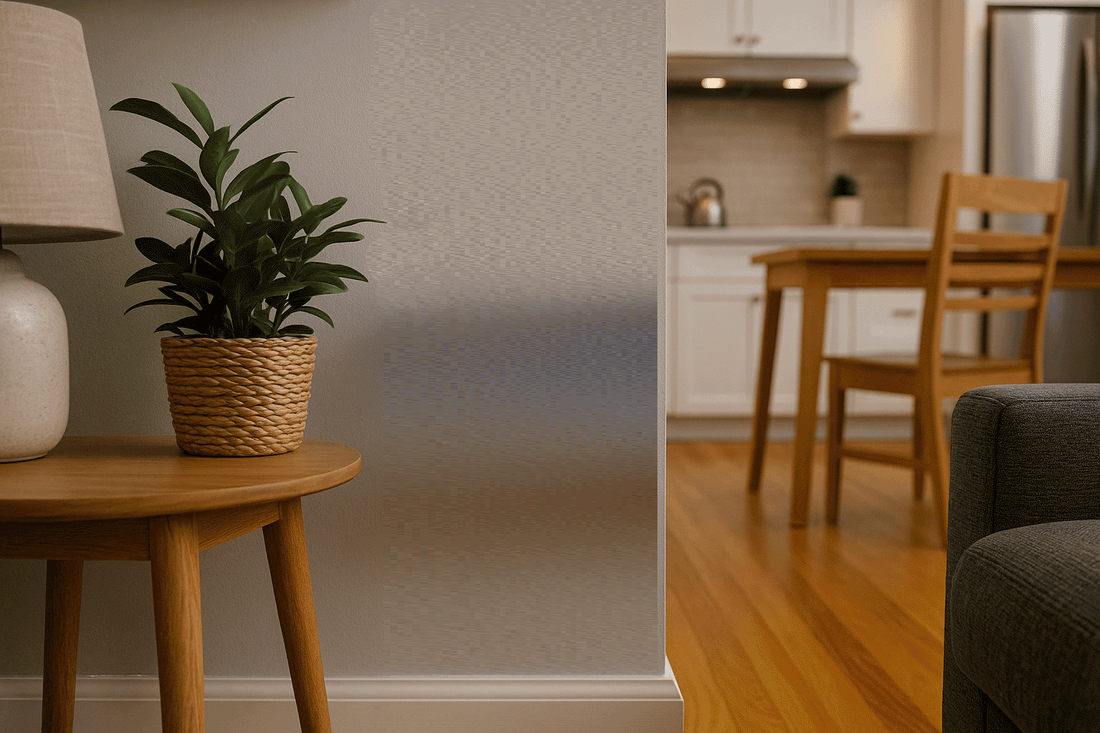Tired of flies swarming your kitchen or buzzing around your bedroom lamp at night? You’re not alone. Whether you live in a humid area like Tampa, Florida, or a quiet countryside town in Iowa, indoor flies can be an annoying and persistent problem. But the good news is—there are reliable indoor fly killer solutions out there that are safe, effective, and easy to use. This guide will walk you through a helpful indoor fly killer buying checklist, showing you what to look for so you can make the right choice for your home and finally enjoy a fly-free space.
1. UV Light Attraction: Let the Light Do the Work
One of the first features to consider in an indoor fly killer is a UV light attractant. Many of the best models use UV bulbs to lure flies, gnats, and even small moths silently and efficiently. This is especially helpful in areas like kitchens or dining rooms, where food odors attract pests. A UV fly killer indoor model is typically chemical-free, energy-efficient, and works quietly in the background. For more insight into how this technology works, check out the Science Behind Indoor Fly Killer.
2. Killing Method: Glue Cards vs. Electric Grid
Next, decide whether you prefer a fly trap for indoors that uses glue cards or an electric grid. Glue card models are discreet and perfect for quiet indoor fly killer needs—especially in bedrooms and nurseries. They’re also popular for people seeking non-toxic fly solutions or pet-safe indoor fly killer options. On the other hand, electric fly killers use a grid to zap insects on contact and may be more suitable for garages or larger living areas. To compare top-performing models this year, don’t miss the Best Indoor Fly Traps in 2025.
3. Noise Level: Bedroom-Friendly or Buzzing Annoyance?
No one wants a device that keeps them up at night. If you're planning to place your home fly killer in a bedroom, check reviews to see if it’s a silent indoor fly killer with UV light. Some electric zapper units make a “pop” sound when flies are zapped, which might not be ideal for light sleepers. Look for models marketed as “best indoor fly killer for bedroom” to ensure peace and quiet.
4. Odor-Free Operation: Especially for Kitchens and Small Rooms
Many families in Portland, Oregon, prefer an odorless and quiet indoor fly killer—especially if the unit is going to be installed in the kitchen or dining area. Strong chemical smells are a turnoff, and unnecessary if you’re using UV-based or glue card traps. A kitchen fly control unit should be discreet, scent-free, and blend into your décor without being a nuisance. For proper placement and maximum performance, see the How to Use an Indoor Fly Killer in Kitchen guide.
5. Ease of Maintenance: No Fuss, No Mess
Nobody wants to touch dead bugs or deal with complicated refills. A great indoor fly killer for bedroom and kitchen should feature replaceable glue cards or easy-to-remove trays. When you're shopping on Amazon or Walmart, check for keywords like "removable tray" or “easy-to-clean design.” These are signs that the product is built for convenience.
6. Energy Efficiency: Save Power Without Losing Power
With energy costs going up, people are paying closer attention to energy-efficient home gadgets. Look for a plug-in fly killer that uses low wattage without compromising on effectiveness. Some models include motion or light sensors to only operate when needed, making them ideal for 24/7 operation in entryways or high-traffic areas. Choosing an energy-efficient electric fly killer indoor is both eco-friendly and wallet-friendly.
7. Pet & Child Safety: Peace of Mind Matters
If you have kids or curious pets, this feature should be high on your indoor fly killer buying checklist. Make sure the product is labeled as safe pest control indoors or indoor fly killer safe for pets. Glue traps enclosed in a housing unit or zapper grills with protective mesh are much safer choices. Avoid exposed electric grids or sticky surfaces that could be touched accidentally.
8. Placement Options: Flexibility is Key
Every home is different, and so is the perfect spot for a fly catcher indoor unit. Some models are designed to plug directly into outlets, while others sit on countertops or hang on walls. If you live in a small apartment or an older home with limited plugs, this matters. A small space indoor fly killer recommendation would be a compact, versatile model that can be wall-mounted or placed discreetly behind furniture.
Bonus Tip: Don’t Ignore Reviews and Ratings
While the checklist above covers performance-based features, real-world user reviews—especially from U.S. shoppers—can help you avoid common pitfalls. Check out listings like indoor fly killer Amazon or indoor fly killer Walmart, and scan the reviews for comments on effectiveness, safety, and longevity. For a better understanding of the types of pests you're actually dealing with, refer to this helpful list of the 13 Home Flying Insects you’re likely to encounter indoors.
By following this buying guide, you’re not just getting rid of flies—you’re reclaiming your peace of mind. Whether you're dealing with fruit flies in the kitchen, mosquitoes in the living room, or gnats in your bathroom, the right indoor insect killer can truly transform your space.
Frequently Asked Questions (FAQ)
1. What is the best indoor fly killer for homes with pets?
Look for non-toxic glue trap models labeled as pet-safe indoor fly killer or enclosed zapper units with protective housing.
2. Do indoor fly killers work for fruit flies too?
Yes, many indoor fly killer for fruit flies options specifically use UV light or pheromone lures to attract them.
3. How often should I replace glue cards in a fly trap?
Typically every 2–4 weeks, depending on insect traffic and manufacturer instructions.
4. Are UV indoor fly killers safe for indoor use?
Yes, most UV fly killer indoor units are completely safe, odorless, and do not emit harmful radiation.
